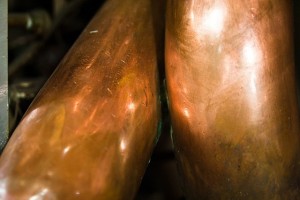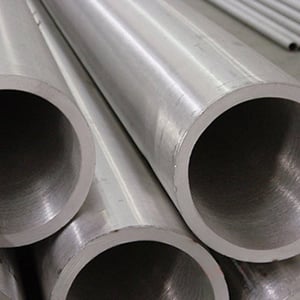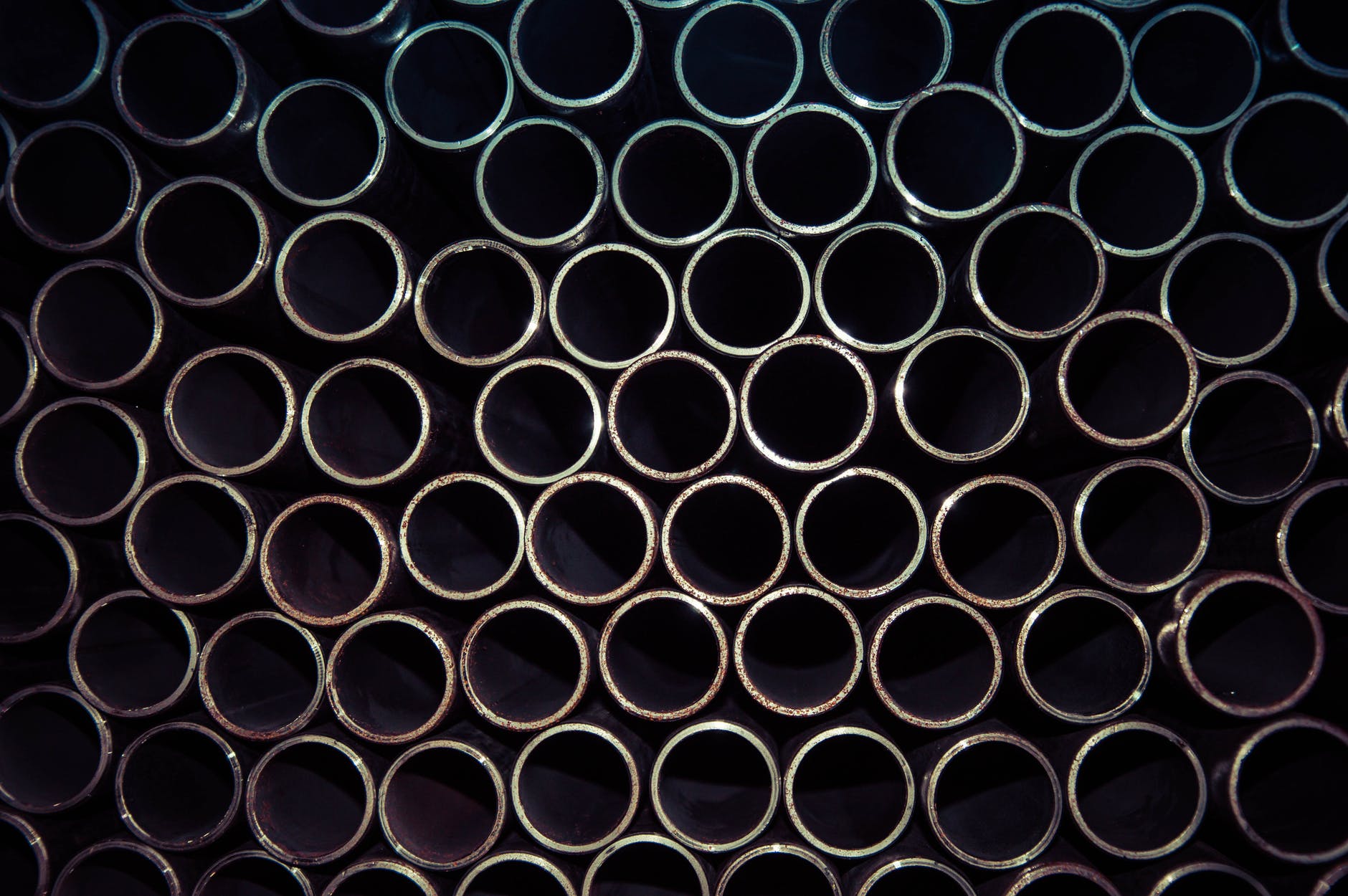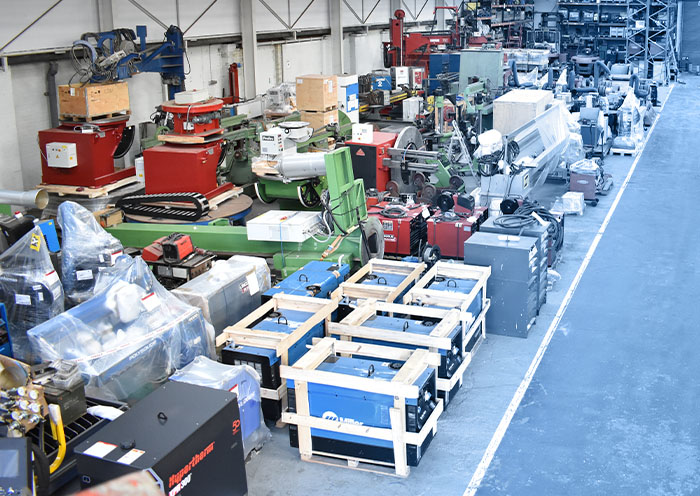Welding and Pipes
Today, welders and pipe fitters work with many different types of pipes. Some types of pipe require the use of specialised techniques or equipment. Determining the best ones to use for a particular type of assignment basically depends upon the objective of the project and the related industry. This article will discuss five types of pipes widely used in modern welding. Not all of them will prove appropriate for every situation. The ability of skilled welders to distinguish between different types of metals and alloys used in pipes remains one of the most important talents of a highly trained welder.
Copper Pipes
Welding copper pipes requires considerable skill. However copper remains a popular metal due to it’s malleability and it’s resistance to corrosion. Copper pipes enjoyed widespread popularity in plumbing in many homes in the past. Today, the expensive nature of copper has resulted in reduced usage of copper in many plumbing systems. Rigid copper pipes occur in three basic thicknesses: “M” (the thinnest), “L” (medium thickness) and “K” (the thickest). Being a good conductor of heat, copper is not the simplest of metals to weld as the heat is is conducted away from the weld.

Stainless Steel
Strong stainless steel pipes function today in many capacities, from the production of high quality pharmaceutical products and processed foods to the pillars under-girding ocean oil rigs. This type of pipe resists corrosion, making it ideal for underwater projects, for instance. As with any other type of welded material, welders need to approach using stainless steel pipes carefully. Some websites recommend choosing metal fillers with very low trace elements in performing welds on this type of ultra-strong pipe.

Galvanised Steel
Galvanised steel pipe also occurs frequently today in household plumbing, although it possesses an expected lifespan of only four to five decades. This grey metal pipe often requires welding, however it can pose special hazards for welders due to the galvanisation process that has mixed zinc onto steel on the surface of this pipe. Welders often do not like to work with this type of pipe, since the zinc will evaporate during the welding process and mix with air to form noxious zinc oxide fumes. The extent to which breathing these gases proves damaging over the long term remains under investigation. Yet one thing is clear: breathing fumes in the short term produces flu-like symptoms. Exercising safety precautions when working around galvanised pipe remains very important. Difficulties in welding will be experienced as the zinc coating causes the gases to disperse from the weld pool, leaving a porous weld in some circumstances.
Cast Iron
Cast iron welding occurs from time to time. This type of metal gained extensive use during former generations, but sometimes welders must weld with it today. Although difficult to weld, very capable welders have succeeded in forming excellent welds with this type of pipe, usually manual welding using the MMA process. Reportedly, not allowing the temperature to exceed 1450° Fahrenheit and cooling slowly during and after welding will prove helpful.
Aluminium
This pipe demands great skill also, since high heat may disintegrate the aluminium. A TIG welder is necessary with AC current, as the alternating current positive cycle provides a “cleaning” action, while the negative half cycle provides penetration. Continuous HF (High Frequency) is usually used, however the use of HF with modern TIG welding machines creates more control of the weld pool, so continuous HF is generally not required. In addition, thorough cleaning and then preheating the surface usually proves helpful when this type of pipe is involved.
Conclusion
Potentially, welders can work on many types of pipes. Some prefer to specialise in welding specific types of pipes and metals. Pipes and tubes are usually welded automatically with seam welding and orbital welding equipment. However some materials and applications are best suited to manual welding.
Jessica Kane is a professional blogger who writes for Federal Steel Supply, Inc., a leading supplier of carbon, alloy and stainless steel in pipe, tube, fittings and flanges.


 600+ machines in stock
600+ machines in stock Worldwide delivery
Worldwide delivery Rated Excellent
Rated Excellent Warranty included
Warranty included Qualified engineers
Qualified engineers


follow us on